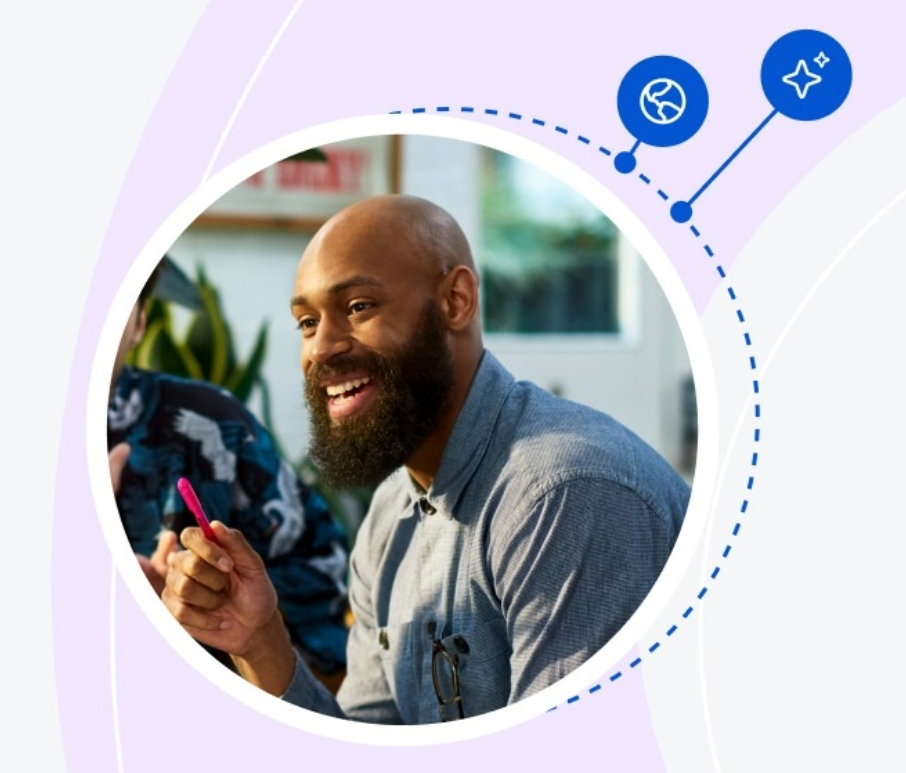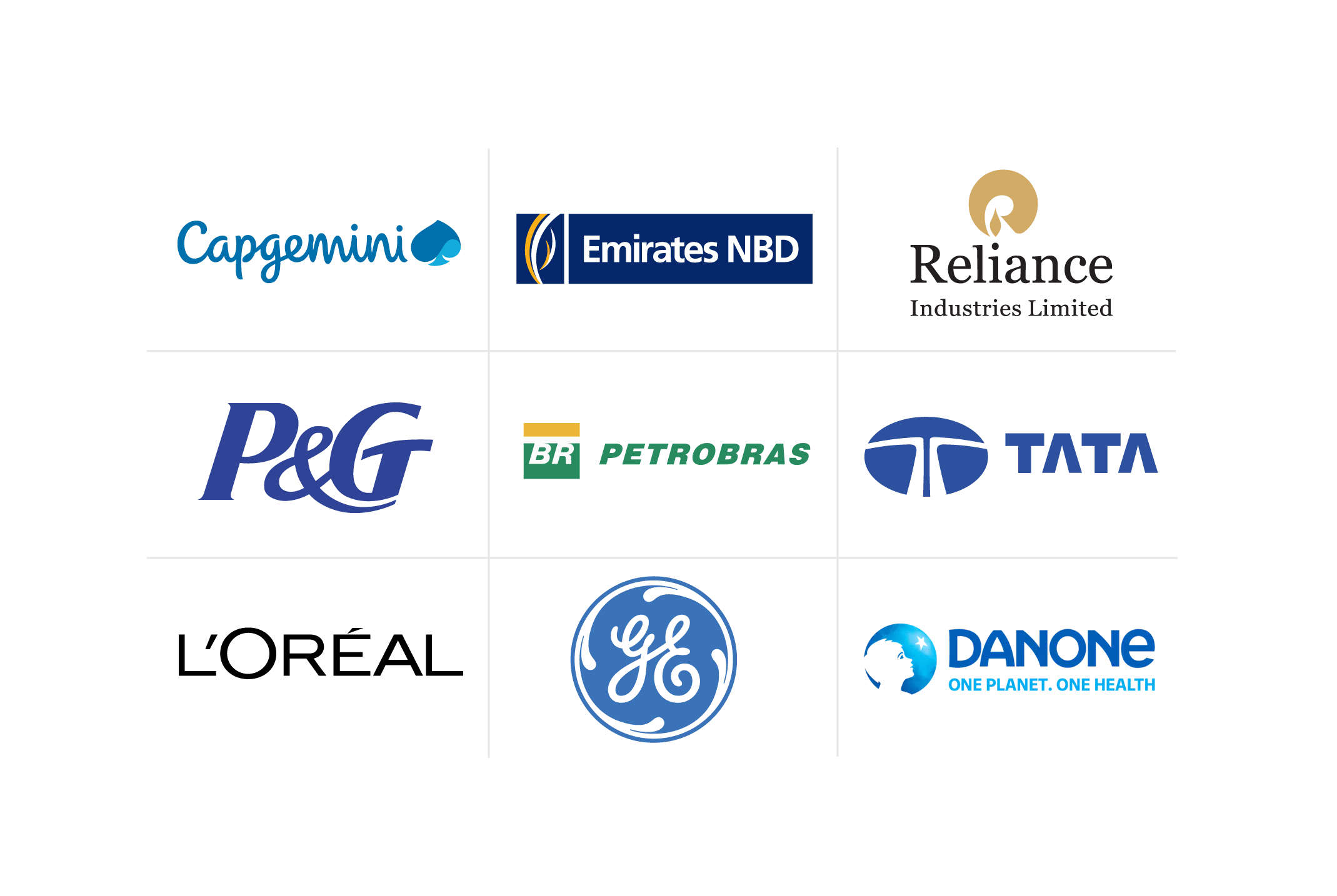Mastering the Art of Inboarding: A Guide for Companies
Inboarding helps support your current employees the same way onboarding helps new hires. Learn more about inboarding and the strategies you can use to boost employee retention, productivity, and well-being.
![[Featured Image] A young businesswoman puts her company’s HyFlex corporate learning strategy to use while on a break.](https://d3njjcbhbojbot.cloudfront.net/api/utilities/v1/imageproxy/https://images.ctfassets.net/2pudprfttvy6/3jKEh4vSJmwKiBU0yRb9EW/64363bce967937c3f60c4d69319e85ae/GettyImages-2082761522.jpg?w=1500&h=680&q=60&fit=fill&f=faces&fm=jpg&fl=progressive&auto=format%2Ccompress&dpr=1&w=1000)
Many companies have set processes for bringing in new hires, but they might not implement a similar process for internal hires. Companies may sometimes expect that current team members already have the knowledge they need to begin working immediately within a new role. However, title changes and team movement may feel like an entirely new job, and these internal hires can benefit from inboarding, or support while moving into a new role.
Inboarding helps to increase employee satisfaction, productivity, and retention. Learn more about inboarding and the key role it plays in an effective HR strategy, as well as inboarding strategies to help your business grow.
Understanding inboarding: A new approach to employee onboarding
Inboarding is the process through which your company trains and supports a current employee when they move into a different role or transfer to another team. It provides the same on-ramp as onboarding for a new hire, so employees can settle quickly into their new position.
Inboarding vs. onboarding
Inboarding and onboarding share many similar practices, but the main difference is who the processes are for. Inboarding provides cross-training, knowledge transfer, and other support for current employees moving into new positions within their company. Onboarding, meanwhile, focuses on providing similar support structures for new employees joining the company for the first time.
Read more: L&D: What Is Learning and Development?
The evolution of inboarding
Historically, internal hires often moved into new roles without the same support or training that external hires received, even though internal transitions tend to be more efficient and cost-effective for companies. Employers now realize the importance of creating programs to support current employees because these efforts benefit the entire organization.
The key components of a successful inboarding program
The components of a successful inboarding program will vary depending on your business’s unique needs and goals, but you may consider several key facets while designing your program:
1. Integrating inboarding with continuous learning and development
It’s important to provide training opportunities for inboarding employees that address the specific changes to their roles. Using a variety of learning formats, such as e-learning or on-the-job training, helps employees build a solid foundation that allows them to adapt more easily to new duties.
Skill building, in general, benefits employees of all experience levels because it helps them grow and perform better. Consider cross-training, which provides the potential to move into different roles across a company as opportunities open up.
It’s also helpful to make sure that your inboarding processes align with your business’s larger goals. This helps employees better understand how they fit into your company's mission, fostering a sense of connection and boosting employee engagement.
Read more: What Is Continuous Learning?
2. Personalizing the inboarding experience
Arrange meetings between current employees and leadership to discuss your team’s career goals for the next few years. Creating a plan with milestones and actionable steps provides guidance and support for your employees' career growth. This is also helpful in the planning stage, as taking the time to learn about and identify your employees’ unique needs and learning styles means you can create a comprehensive inboarding plan that results in a more seamless transition.
3. Leveraging technology in inboarding
Assessment technology and analytics both play an important role in tracking your employees’ development in their roles. You can use digital platforms to collect feedback and track progress, helping you to support employees as they adapt to their new positions. Some examples of inboarding technology include learning management systems, video conferencing technology, and communication and collaboration tools.

4. Practicing recognition
Employees who earn recognition for their accomplishments tend to engage more deeply with the inboarding process and experience improved learning outcomes. Recognition might be as simple as a message of appreciation from senior leadership or a more formal program that includes nominations from colleagues or management. It’s also helpful to train management to identify employee success and demonstrate recognition on their own.
5. Promoting equality in the workplace
Opportunities, recognition, and compensation should be equally distributed in the workplace. Inboarding helps to achieve this by providing equal opportunities for growth and creating a culture that encourages employees to invest in their careers. Allowing space for all employees to thrive helps address some of the root causes of workplace inequality.
The benefits of inboarding
Inboarding provides benefits to both employers and employees. A strong inboarding program presents employees with opportunities for promotions as they develop new skills. Inboarding encourages internal agility by creating seamless transition processes that help employees adapt quickly to new roles.
Inboarding also helps to demonstrate your commitment to investing in your employees’ futures. This can increase employee well-being, which in turn encourages employees to commit themselves to meeting higher work standards.
Why is inboarding important?
Inboarding matters because it can be an investment in your employees and the overall success of your company. Your current employees need the same kind of support as new employees do to perform strongly and feel valued. Inboarding is a key way to invest in your employees, providing them with information and training that improves both morale and engagement. Additionally, it allows your employees to move up within your organization. They will likely appreciate the job opportunities and recognition. Inboarding can encourage your workers to stay within the company rather than seeking out a position elsewhere to achieve their career goals.
Inboarding also helps reduce turnover, allowing you to save money on turnover costs. The cross-training aspects of inboarding mean that your daily operations will often be smoother since it’s easier for an employee to step in and help when someone else is out.
Measuring the success of inboarding programs
To measure the success of an inboarding program, you can implement a structure for continual feedback and assessment. This provides you the ability to determine how successful your inboarding program is and where you might want to consider adapting or improving steps. Consider using employee surveys to gather important data. You can also measure employee turnover rates and productivity. Look into how quickly employees settle into new roles and how confident they feel in completing their new tasks.
Getting started with Coursera
Inboarding, like onboarding, provides support, training, and seamless transitions into a new role. Inboarding helps to increase employee retention, satisfaction, productivity, and engagement. It can also help establish smoother daily operations and a stronger bottom line for your company.
Attract frontline talent, support internal mobility, and prepare workers for in-demand, digital jobs with Career Academy from Coursera. Featuring a curated catalog of guided tutorials and projects focused on high-value digital skills and tools, Career Academy offers competitive career development opportunities with training programs from industry leaders like Google, Salesforce, Intuit, Meta, and Ashok Leyland, among many others. Explore Coursera for Business to learn how to provide the technology training your business needs to be competitive.
This content has been made available for informational purposes only. Learners are advised to conduct additional research to ensure that courses and other credentials pursued meet their personal, professional, and financial goals.

